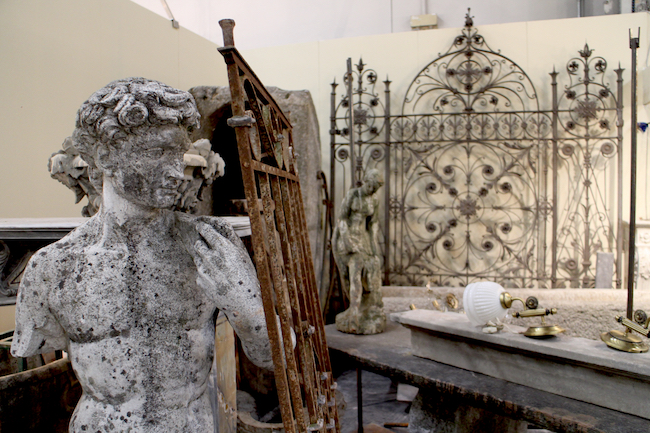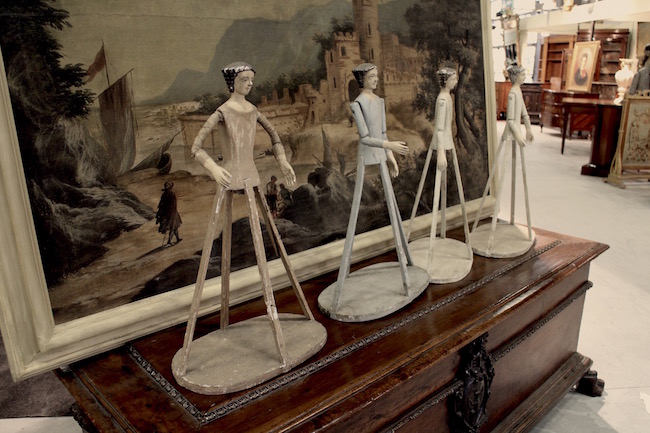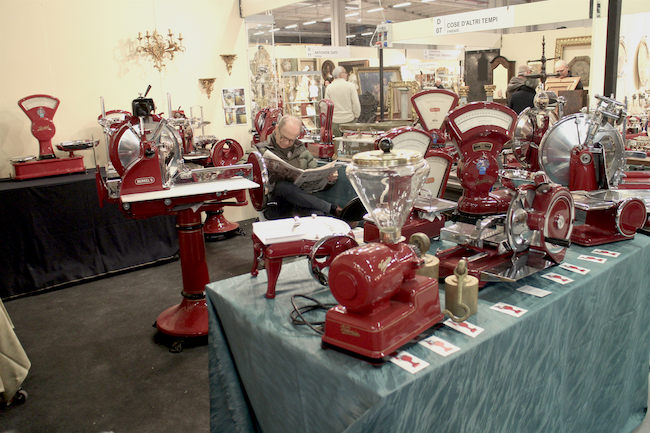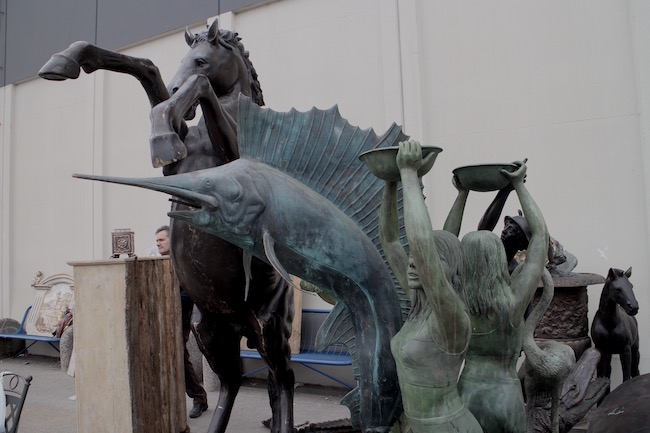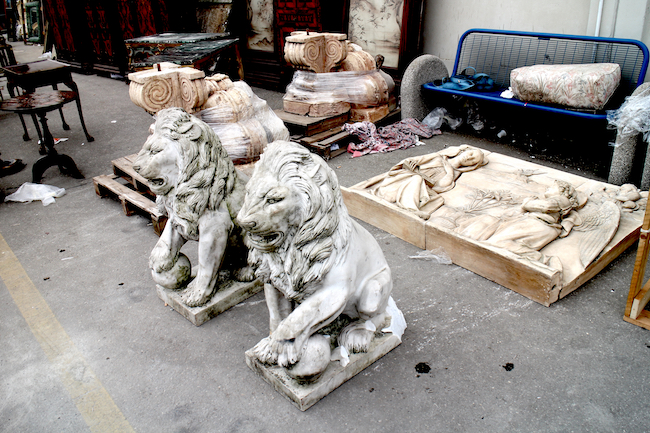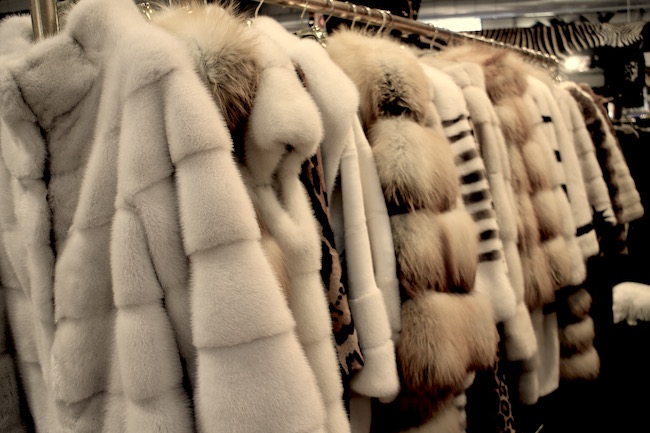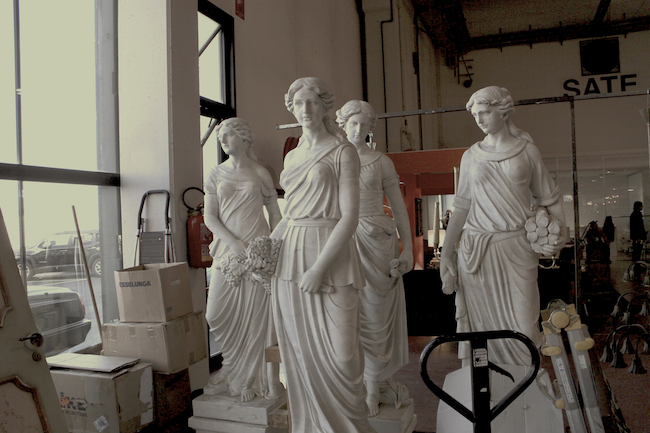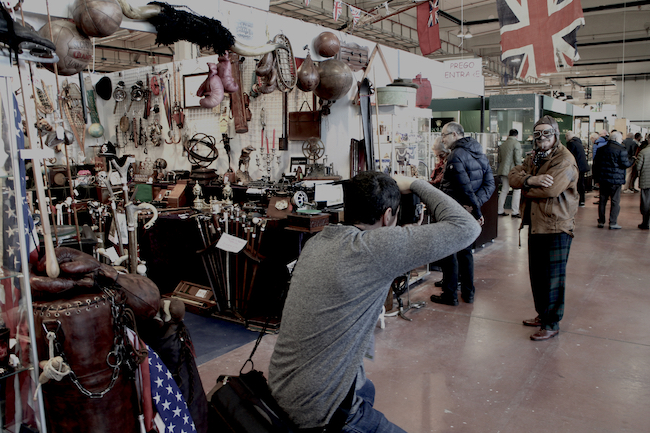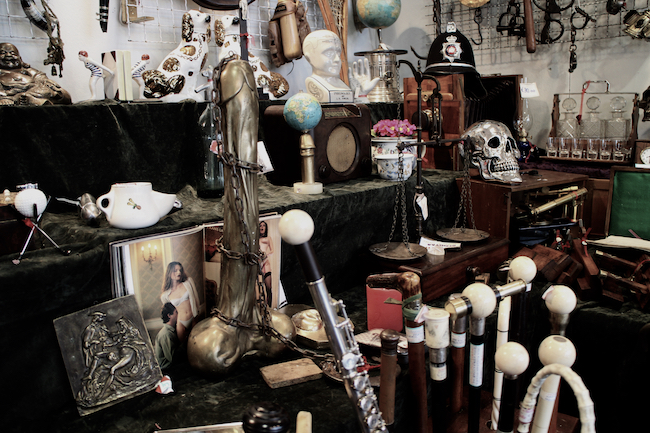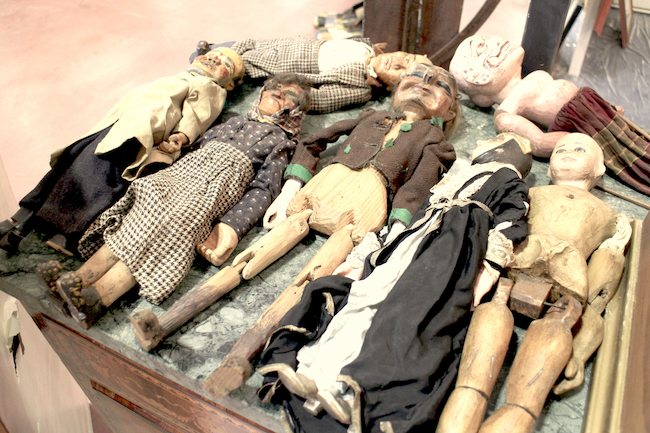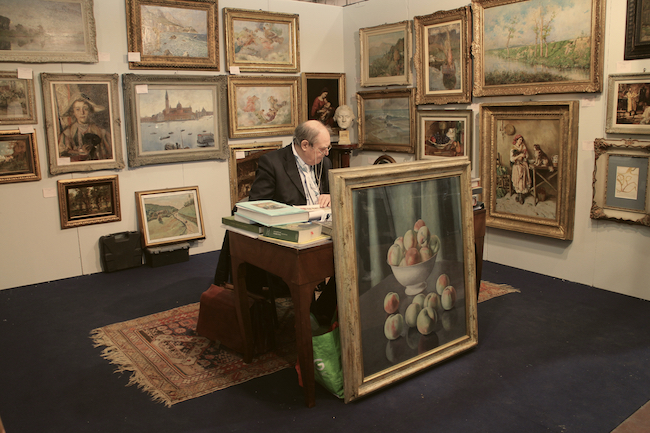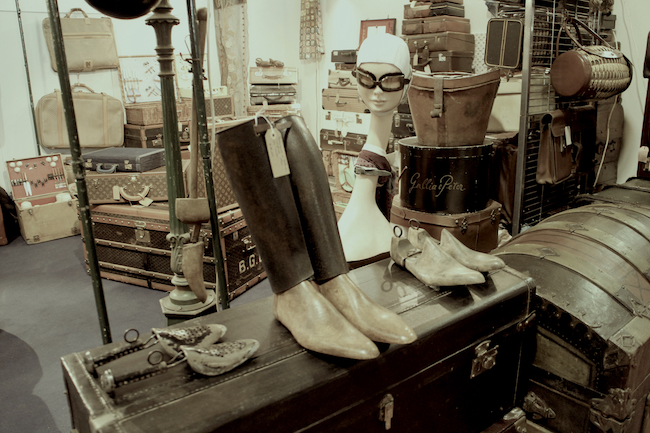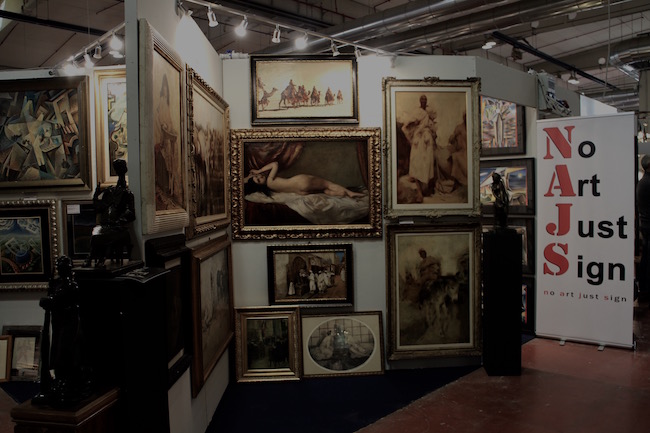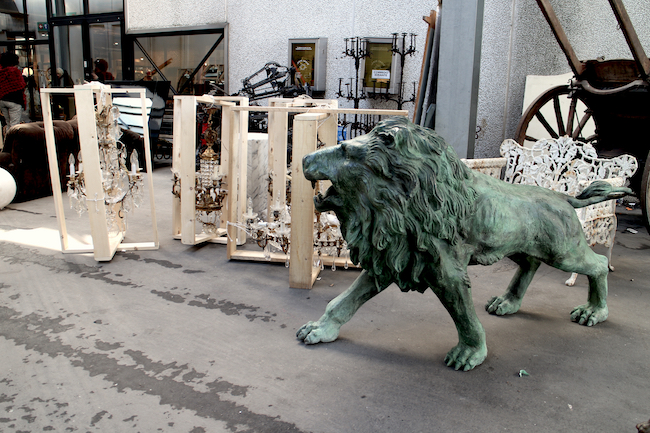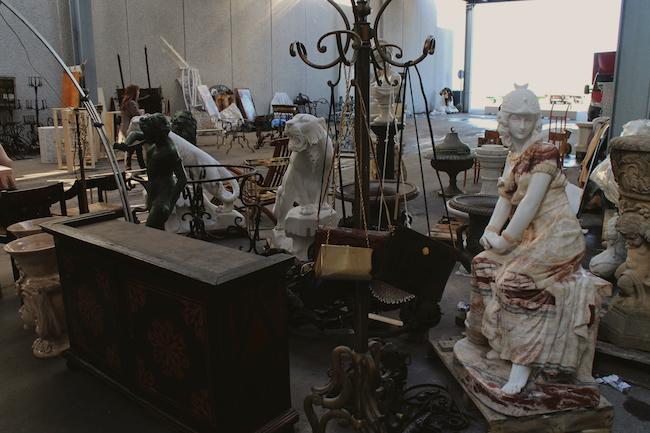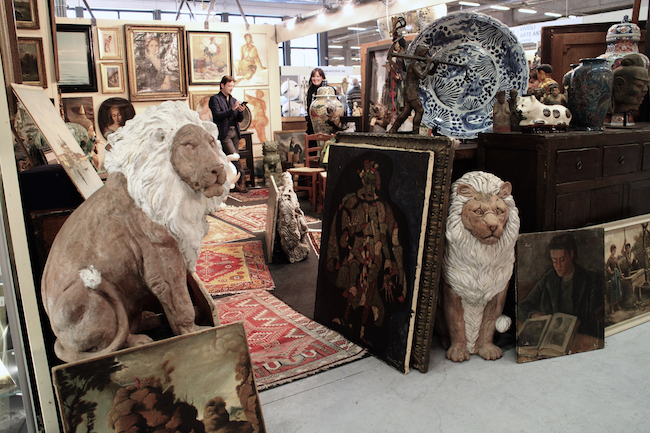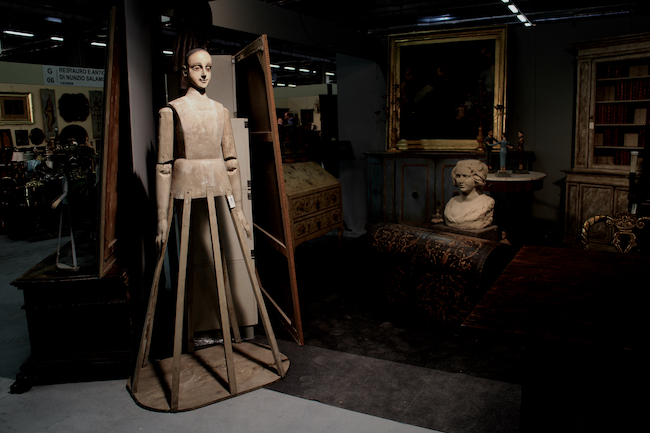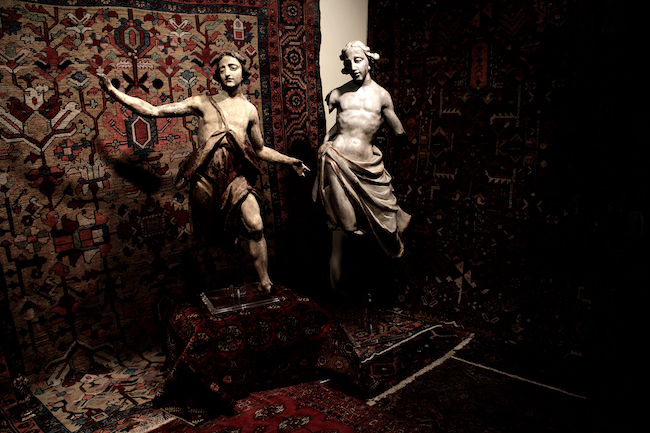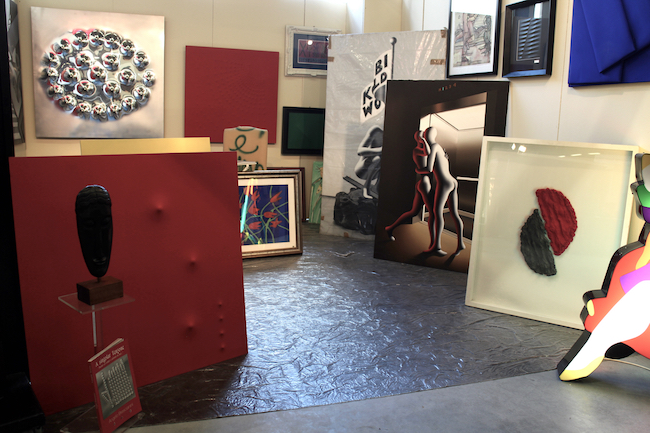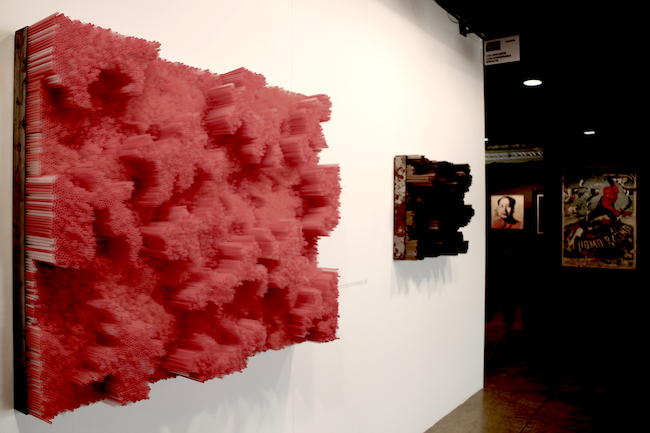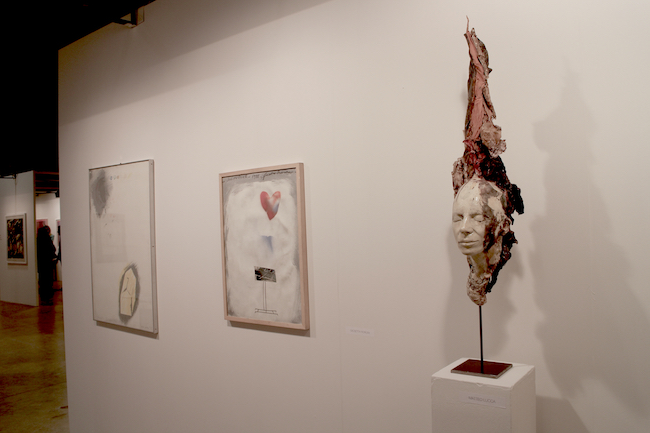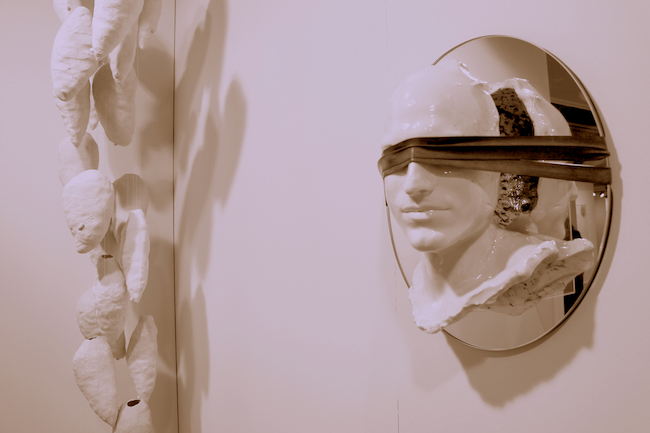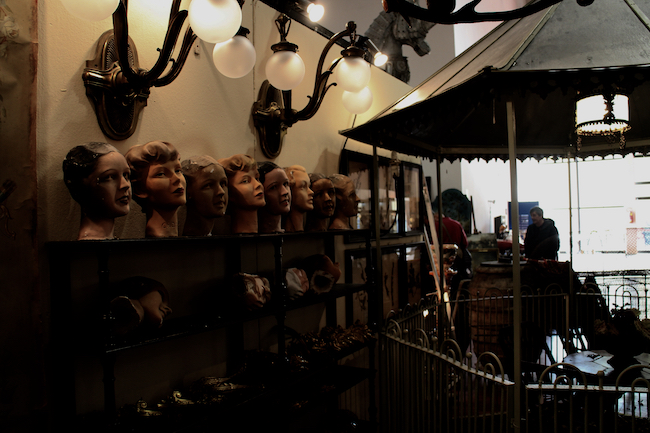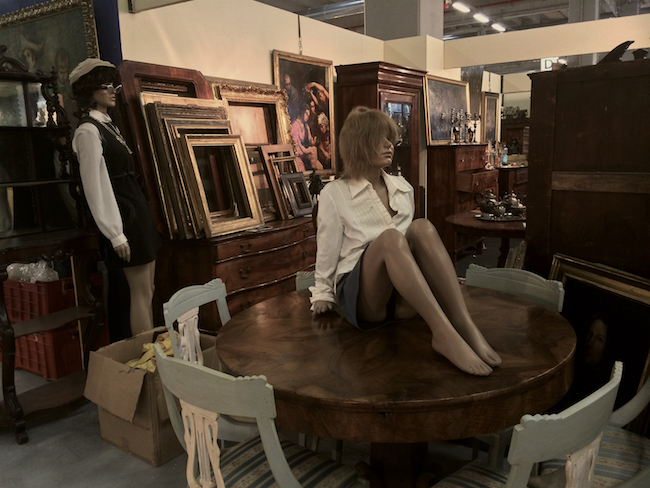
Is that you, Stendhal?
Experiencing Mercanteinfiera: the modernism, antique, and collectibles fair
07/03/2017
Photos:
From 5 February to 5 March, the Italian city of Parma hosted its 23rd iteration of Mercanteinfiera – Europe’s largest international fair featuring modern art, antiques and collectibles. In four large pavilions spanning 45 000 square meters, approximately 1000 participants set up their displays. Every year, about 51 000 collectors and curiosity-seekers from around the world visit the exhibition.
On my first day at the fair, I tried to run through all of the halls in order to get a quick idea of what is where. I didn’t make it. On the second day, I came to accept that I won’t manage to see everything anyway...well, at least not if I wanted to stay sane and not come down with Stendhal syndrome; and I must admit – I wasn’t far from crossing that line.
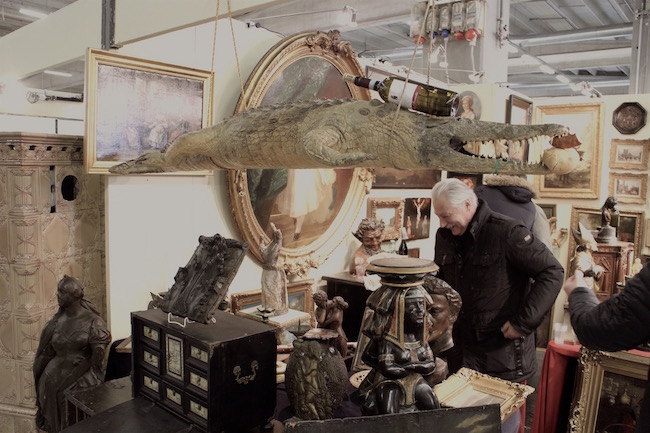
Mercanteinfiera had everything – all sorts and types of furniture, lamps, crystal chandeliers, jewelery, books, paintings, frames, religious art, arbors, and sculptures of every animal imaginable: lions, dogs, dolphins, birds, etc., executed in wood, marble, bronze… Taxidermy, rugs, furs, sunglasses, hats, hand-bags, the first video consoles, dentistry chairs (even a 19th-century pedal-powered dentistry drill), pipes, canes, Rolex watches, silver tableware, and on and on. It’s hard to imagine something that wasn’t there. And throughout it all – the chattering of syncopated Italian, buyers and sellers bargaining and haggling, a faint wafting of cigarette smoke, and dogs barking. The ubiquitous mirrors were the only objects that reminded one of actually being in the here and now – proof that one hadn’t stumbled into some distant, or not-so-distant, prism of the past. Although I didn’t manage to get lost in time, I did, however, manage to get lost among the pavilions...about four times.
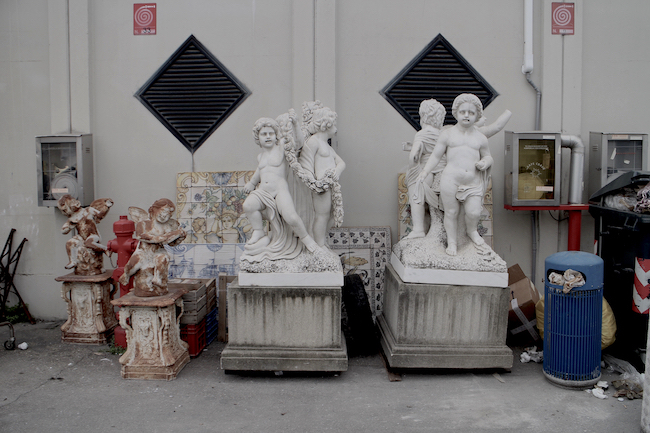
What delighted me most was the decidedly Italian “carefree” quality, or anti-sterility, of the event. Without any hang-ups or worries, antique sculptures (or credible copies of antique sculptures) were set up in the open air, partly wrapped in plastic tarps, piled-up in stacks, set up on utility carts, or casually squeezed in between trash bins and old tires. Some galleries had set up their booths very meticulously and artfully, with clear consideration having gone into the conveying of an aesthetic image, whereas others had just dumped their wares in boxes and suitcases – help yourself and dig through!
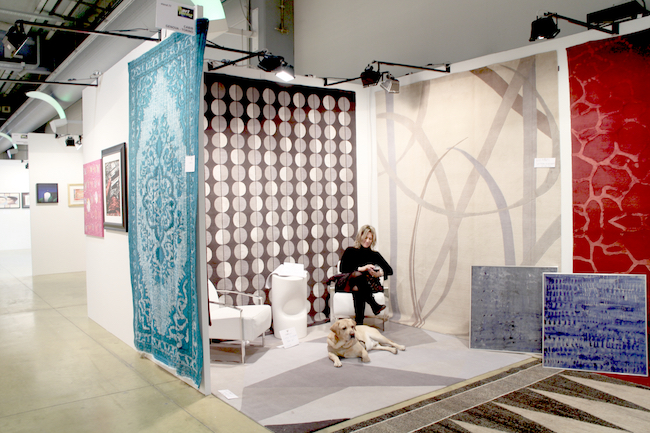
When I finally thought that I had more or less seen everything, I found out that there was one more pavilion, one featuring contemporary art. Compared to the antique and modern art pavilions, the contemporary art hall was like a meditation room: white and sterile gallery booths, everything precisely planned-out, and artworks displayed at the “correct” distances and angles from one another. No dogs running about, just well-behaved and leashed pets silently existing next to their owners. Although the works on display were very good, I couldn’t shake the feeling that everything here was a bit dead and stiff – uninhabited. After an hour, I was ready to return to the pavilions overflowing with ancient energies.
In summary: if, after the first day, I was a bit sad that I didn’t have a house which I could fill with all of these objects, after the second day, I was relieved that I didn’t have this house – for there would be no room left for me in it.
